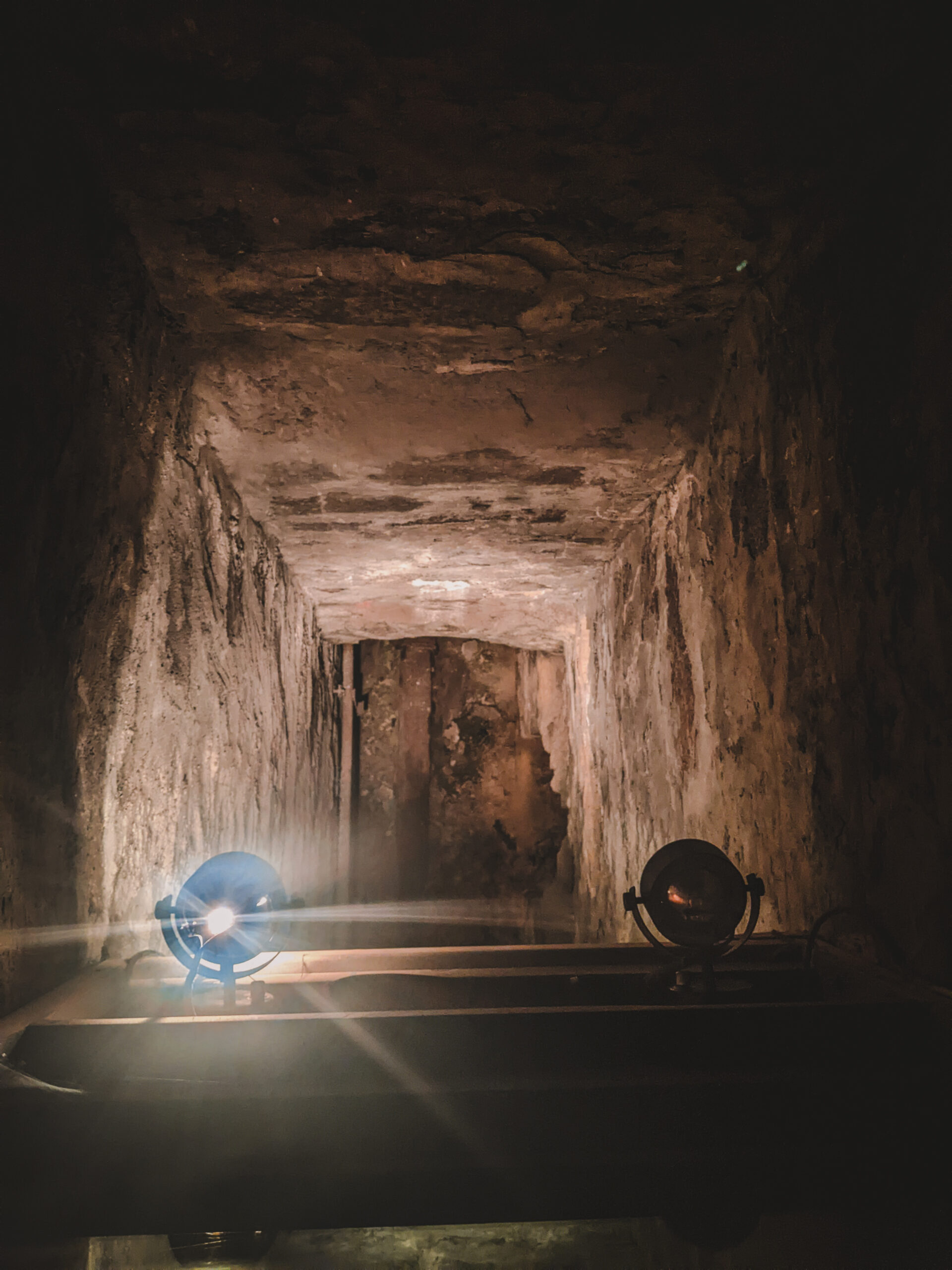Is Mary King’s Close the same as the vaults?
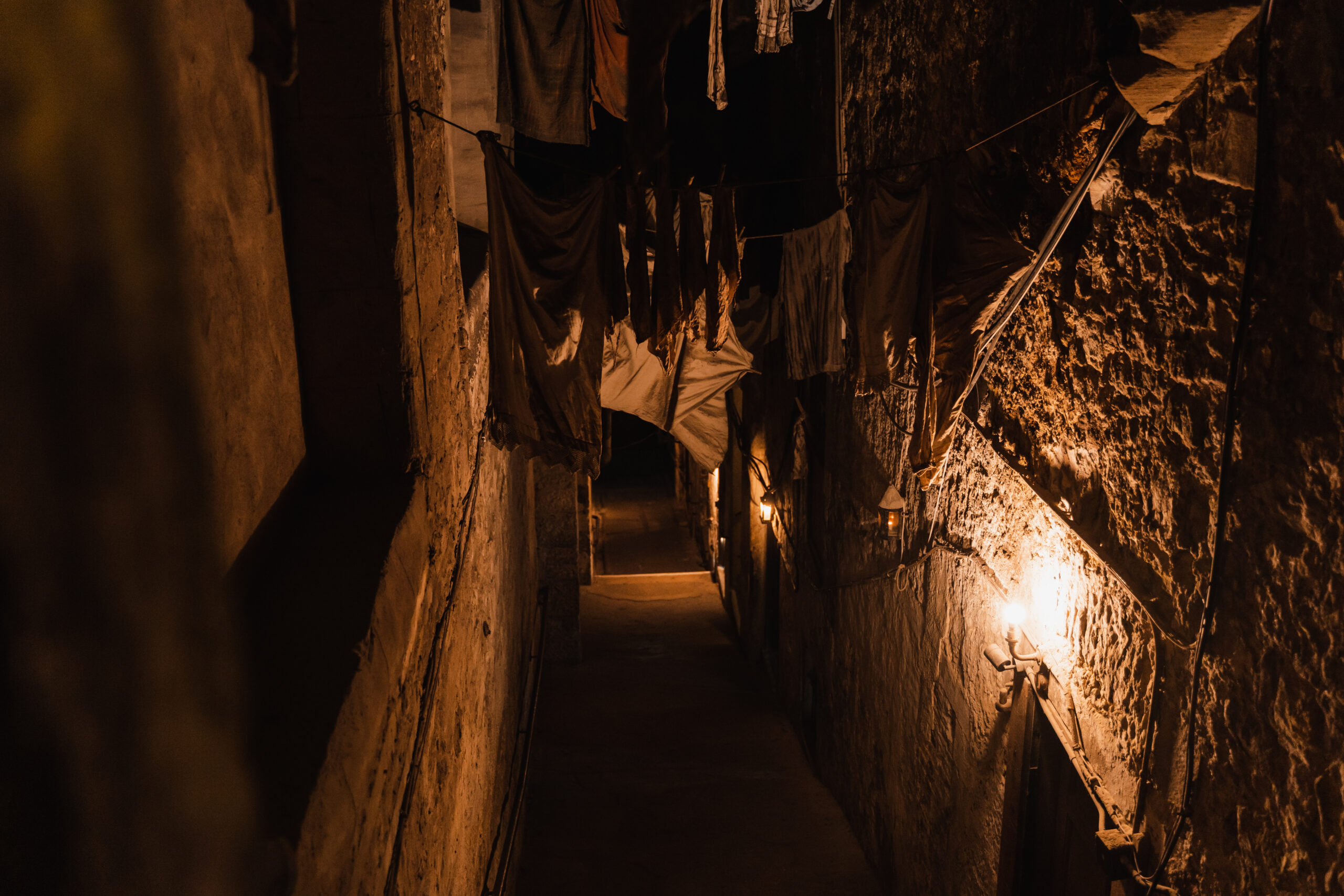
Is Mary King’s Close the same as the vaults? It’s a question that Edinburgh’s Tour Guides are more than familiar with. Mary King’s Close and the vaults certainly share a reputation for existing as part of Edinburgh’s hidden “Underground City”. But they are not one and the same.
Header image © Gabby Secomb Flegg
In fact, they’re entirely different places!
For a start, each can be found at opposite ends of The Royal Mile. The vaults are a series of former storage spaces built into the archways of the South Bridge. The enormous thoroughfare runs between the High Street and Chambers Street.
On the other hand, Mary King’s Close was a street that housed over 600 people during the 17th century. Today, it lies hidden beneath Edinburgh’s City Chambers.
During the 18th century, both historic locations were still open to the sky and wouldn’t have been classed as underground at all. To understand why they so often get muddled, we need to take a closer look at why the vaults and Mary King’s Close disappeared from public view in the first place…

The Underground City
The myth of there being an “Underground City” is a powerful one in Edinburgh. The term seems to suggest that a labyrinthine settlement stretches beneath the streets of the Old Town. Visitors are often disappointed to discover that this subterranean wonder doesn’t exist. Alas… the people of Edinburgh never lived like Wombles.
However. It is true that some of the city’s poorest were forced to live in housing that was typically hidden beneath the main streets.
The “Underground City” doesn’t describe one area, but a series of semi-forgotten tunnels, chambers and alleyways concealed from view throughout Edinburgh. That’s where the stories of Mary King’s Close and the vaults begin.
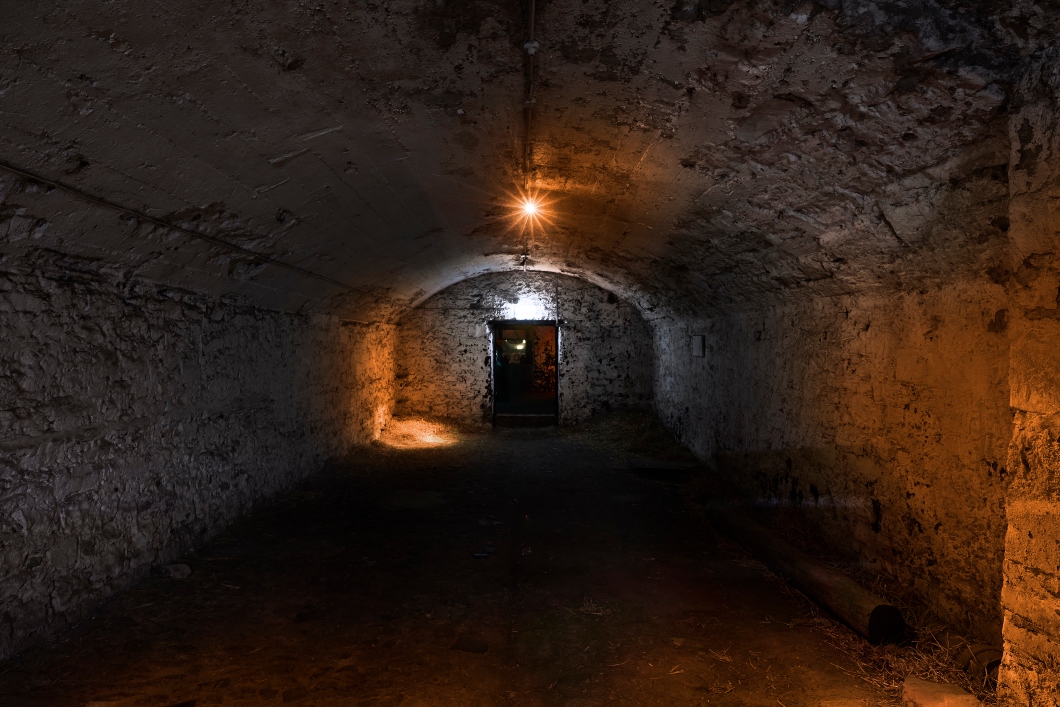
Mary King’s Close
We’ll start with the oldest of them, Mary King’s Close. Fortunately, we happen to know quite a lot about its history, which you can hear about on any one of our Standard or Special Tours at The Real Mary King’s Close. The question is, what makes it any different from the South Bridge Vaults?
Mary King’s Close has existed as part of the City of Edinburgh since the 16th century, or perhaps even earlier. In 1560, the infamous Flodden Wall was completed. This was built to bolster the city’s defences to protect from invasions… but in reality, all it did was lead to serious overcrowding issues.
With no room to expand, Edinburgh’s growth was literally driven upwards. As population numbers increased, the tenement houses lining Old Edinburgh were built higher. At one point, some of the buildings stretched as much as 15 storeys into the skyline. The world’s very first skyscrapers.
Mary King’s Close was no exemption.
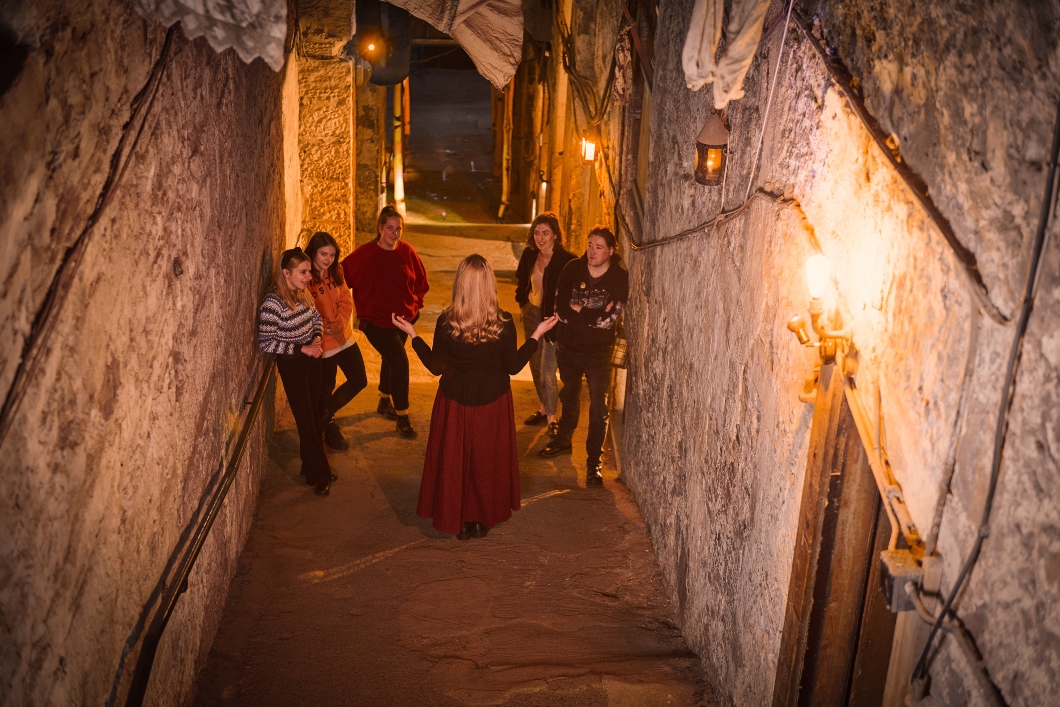
The Underground Street?
Standing at a whopping 12 storeys high, those who lived in the basement rooms and lower floors were typically more impoverished. They had to go about their daily business in almost perpetual darkness, given the lack of light reaching those levels.
A pretty bleak existence, but not exactly an “underground” way of living.
Mary King’s Close was open to the sky for over 200 years, even during the plague of 1645. Contrary to popular belief, it was never sealed up to contain plague victims. The reason that Mary King’s Close is associated with Edinburgh’s mysterious underground is thanks to the re-development of the Old Town during the mid-eighteenth century.
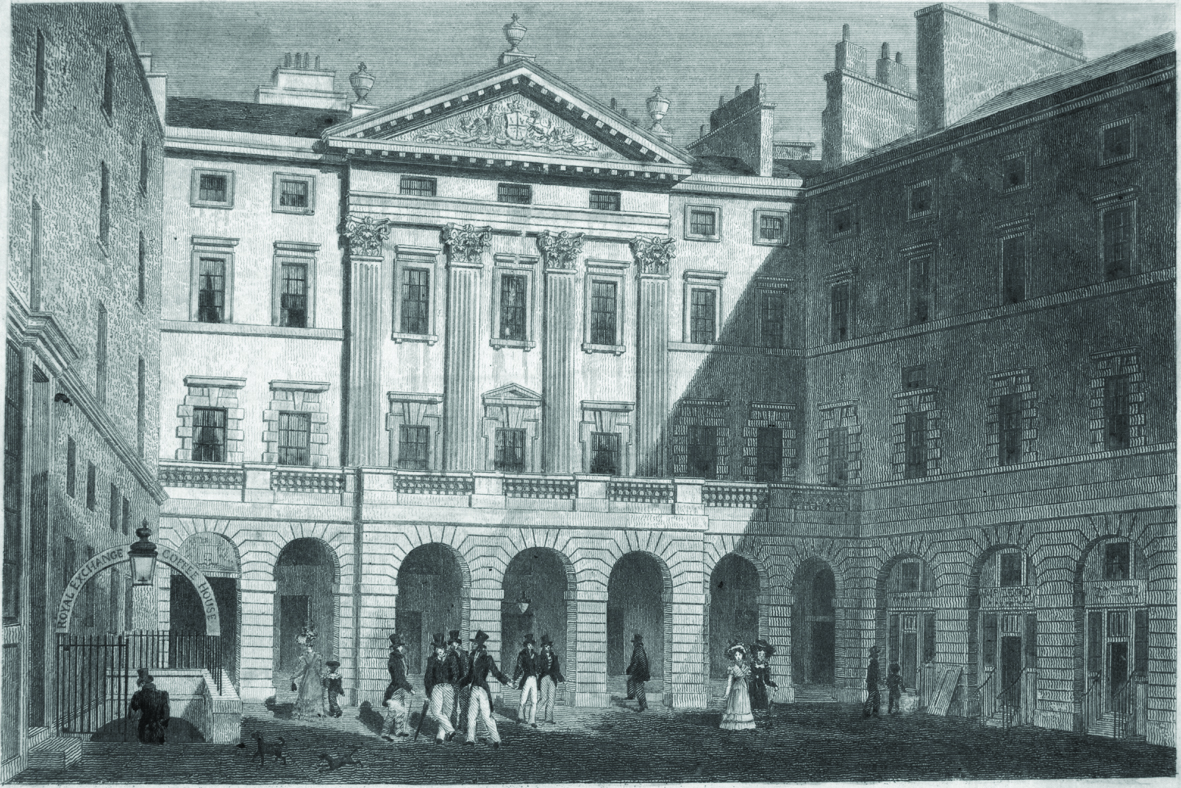
In 1753, Mary King’s Close was partially demolished. The homes and shops that once formed one of the city’s busiest trading areas became buried beneath the northern slope running off The Royal Mile. We go into more detail about this on the tour!
From this point onwards, Mary King’s Close was enclosed beneath the streets of the Old Town. Thirty years later, the vaults were built just a few hundred yards away from the (now hidden) Mary King’s Close, off the south side of The Royal Mile. To this day, they’re located the city’s oldest municipal extension, which dates back to the 14th century: Cowgate.
The Cowgate
The best way to learn about the creation of the vaults is to join a walking tour.
Mercat Tours has been running ghost tours and history walks since 1985, and we highly recommend following the lead of one of their chilling storytellers to hear about some of the most unsettling rooms in the city; but if darker tales and stories are not your cup-of-tea, they also offer an informative historical tour of the largest, and deepest section of the South Bridge vaults.
First, a little more about the Cowgate.
“Cowgate” was historically used to drive cattle from the south and east ends of Edinburgh to the Grassmarket. It was brought inside the city’s boundaries when the Flodden Wall was completed. Like Mary King’s Close and its neighbouring streets, the area quickly began to suffer from the effects of overcrowding.
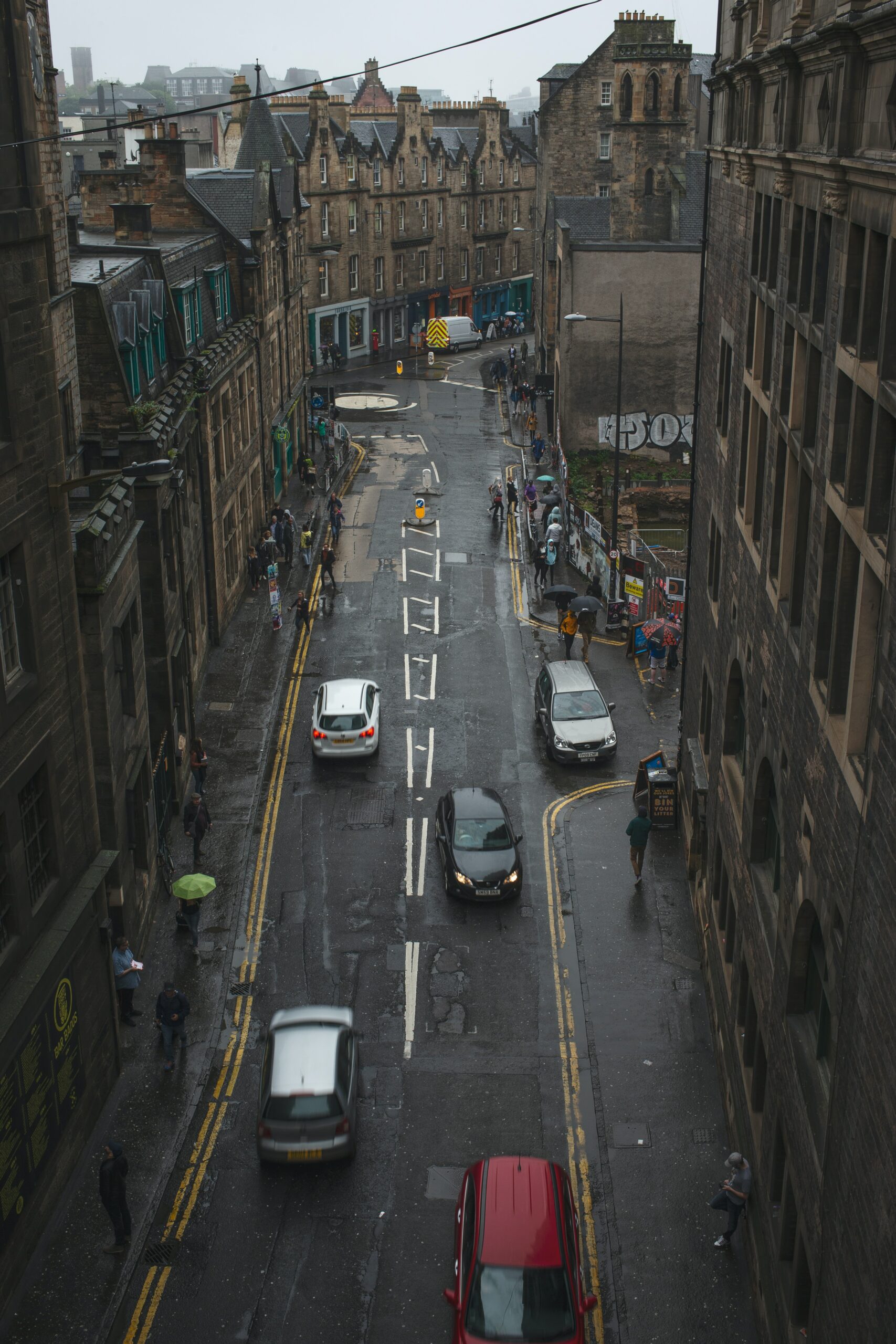
In a case similar to Edinburgh’s Nor’ Loch, the Cowgate filled up with the waste of the populace. With no sewage system in place, families would chuck the contents of their toilets (aka, wooden buckets) outside the window. By the 18th century, it was apparent that something had to be done to divert Edinburgh’s citizens from wading through the muck at the bottom of the street.
The South Bridge Vaults
In 1788, the South Bridge – which connects Edinburgh’s Royal Mile to its university district – was completed. Spanning a chasm of just over a 1000 feet long, and 31 feet above the ground at its highest point, South Bridge was an incredible feat of architecture. Finally, Edinburgh’s residents were able to cross over to the city’s university district from The Royal Mile without having to plunge into the grim depths of the Cowgate.
But now, with the area out of sight and out of mind, it became an even more dangerous place to roam. Without giving too much away, a series of storage vaults were carved into the archways supporting the bridge. Despite that they were designed for the use of merchants working in the area, they quickly slipped into disuse. The goings-on of the South Bridge vaults remain a subject of fascination today…
Is Mary King’s Close the same as the vaults?
Not at all. In terms of location and their times of construction, Mary King’s Close and the vaults are two entirely different places. However, the “Underground City” is a historical space that they both share.
In the basements where the city’s poorest dwelled, and the spaces that were entombed by bridges or cordoned off from the main streets, there is a fascinating history of class, urban planning and social division to be learned. And where better to discover it than inside the vaults or at The Real Mary King’s Close?
Book our 1-Hour Guided Tour today
